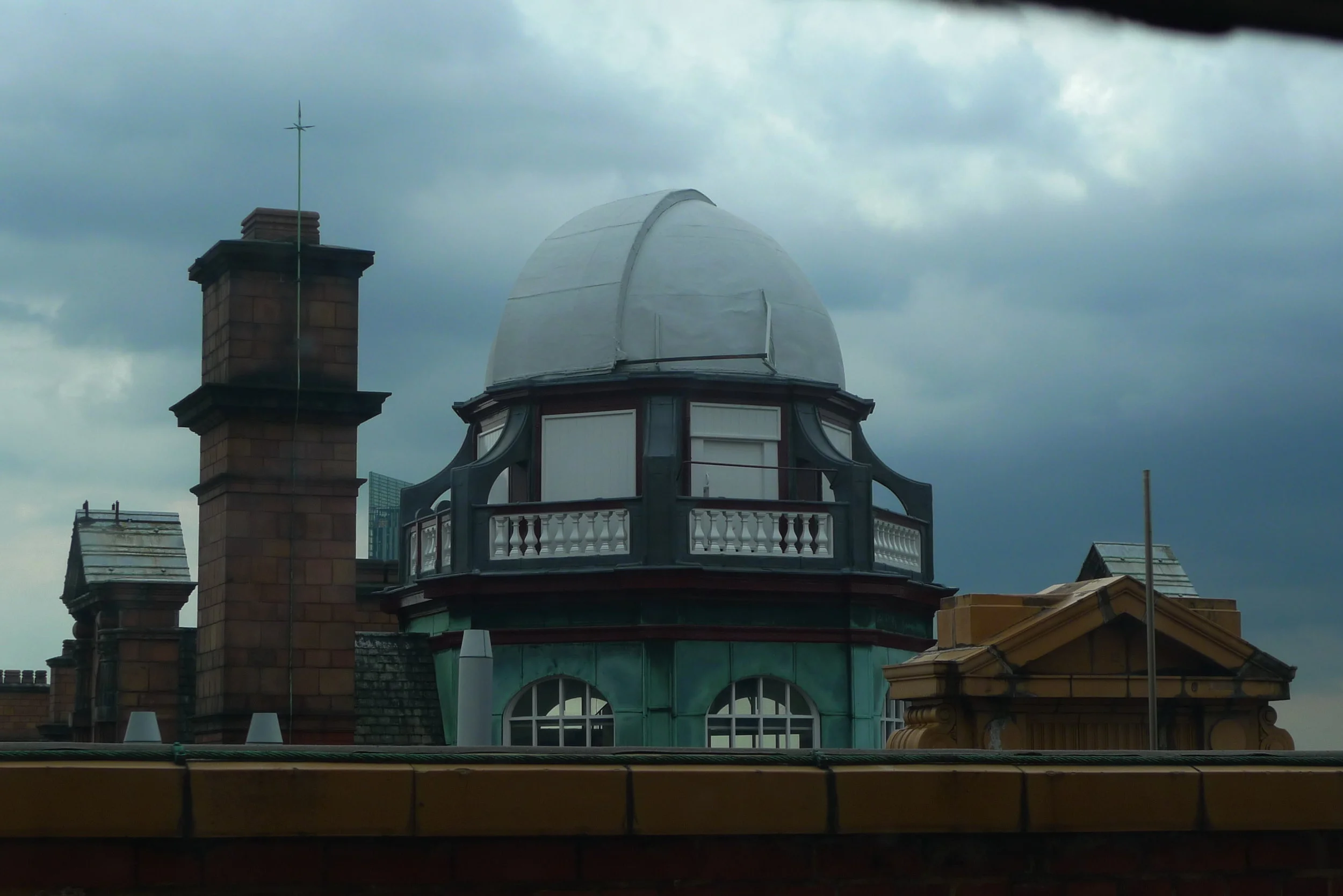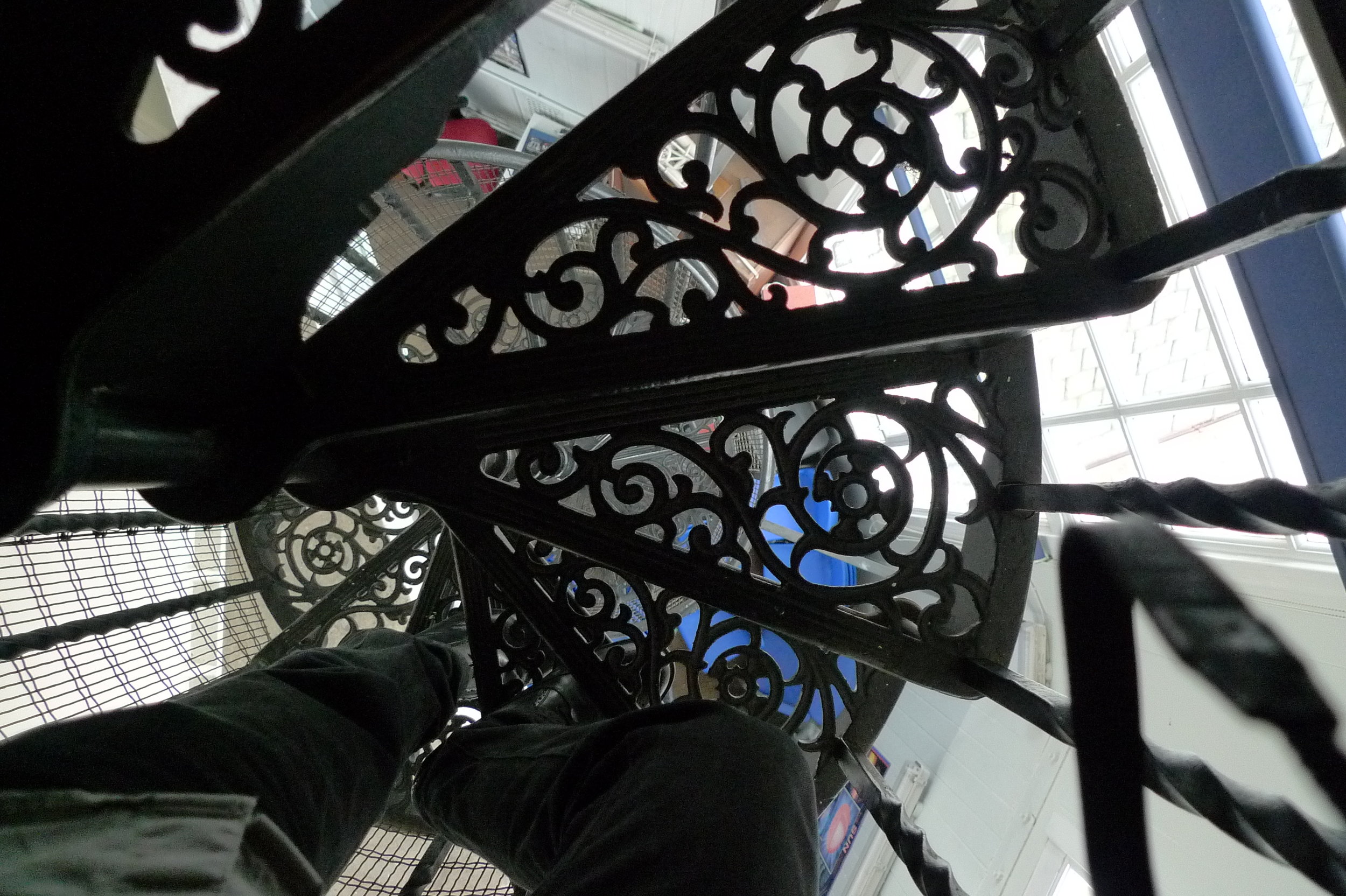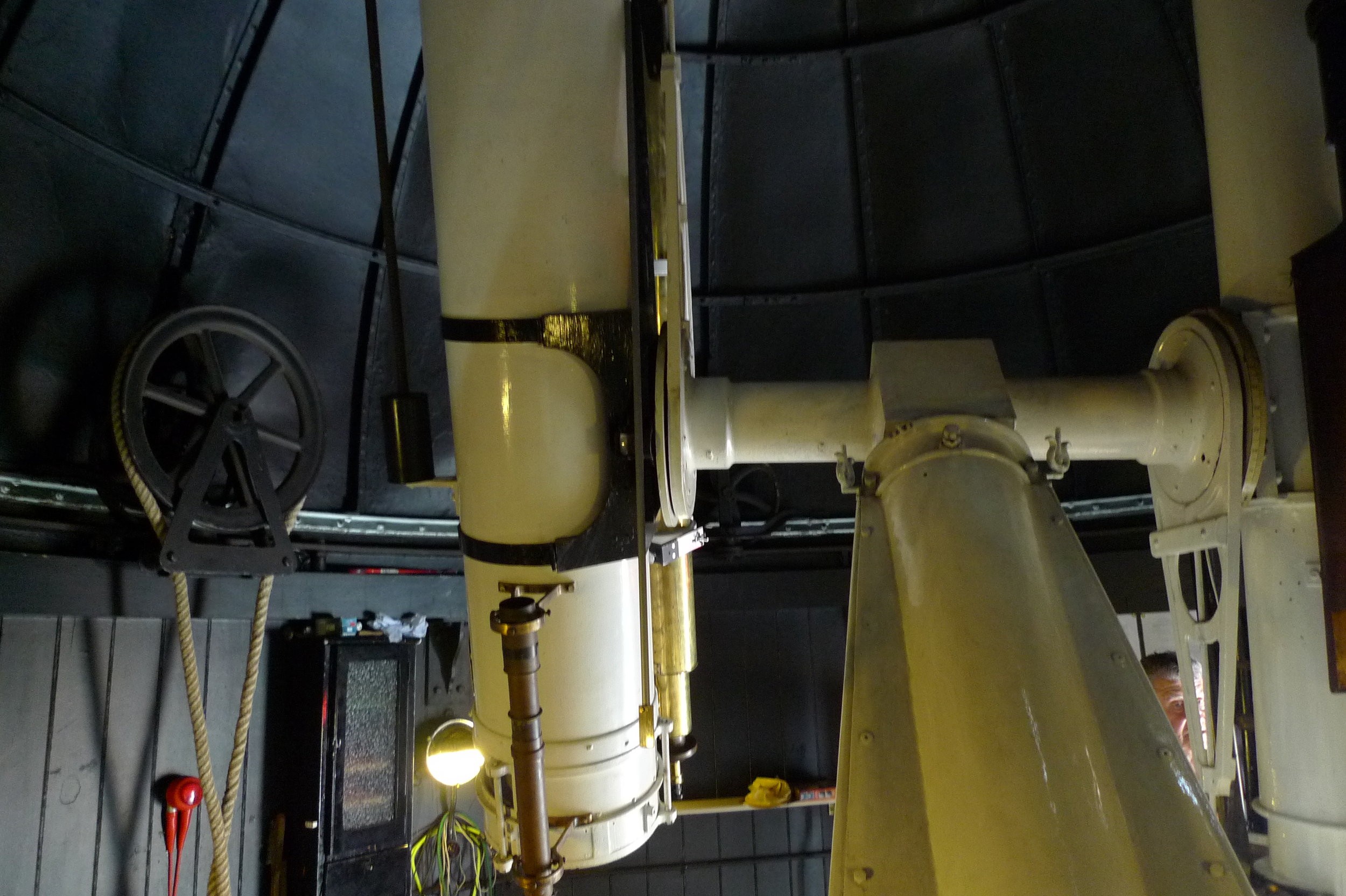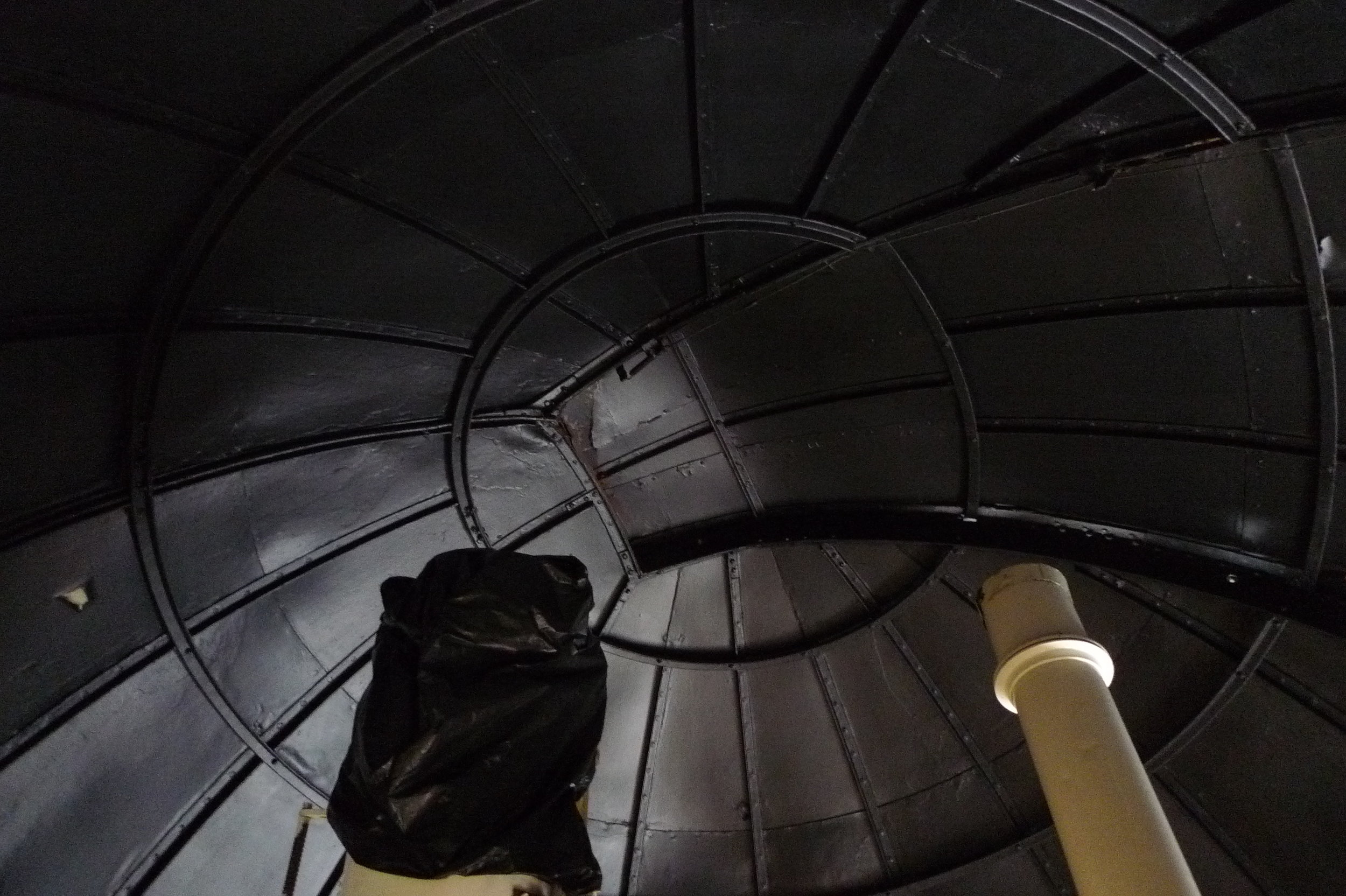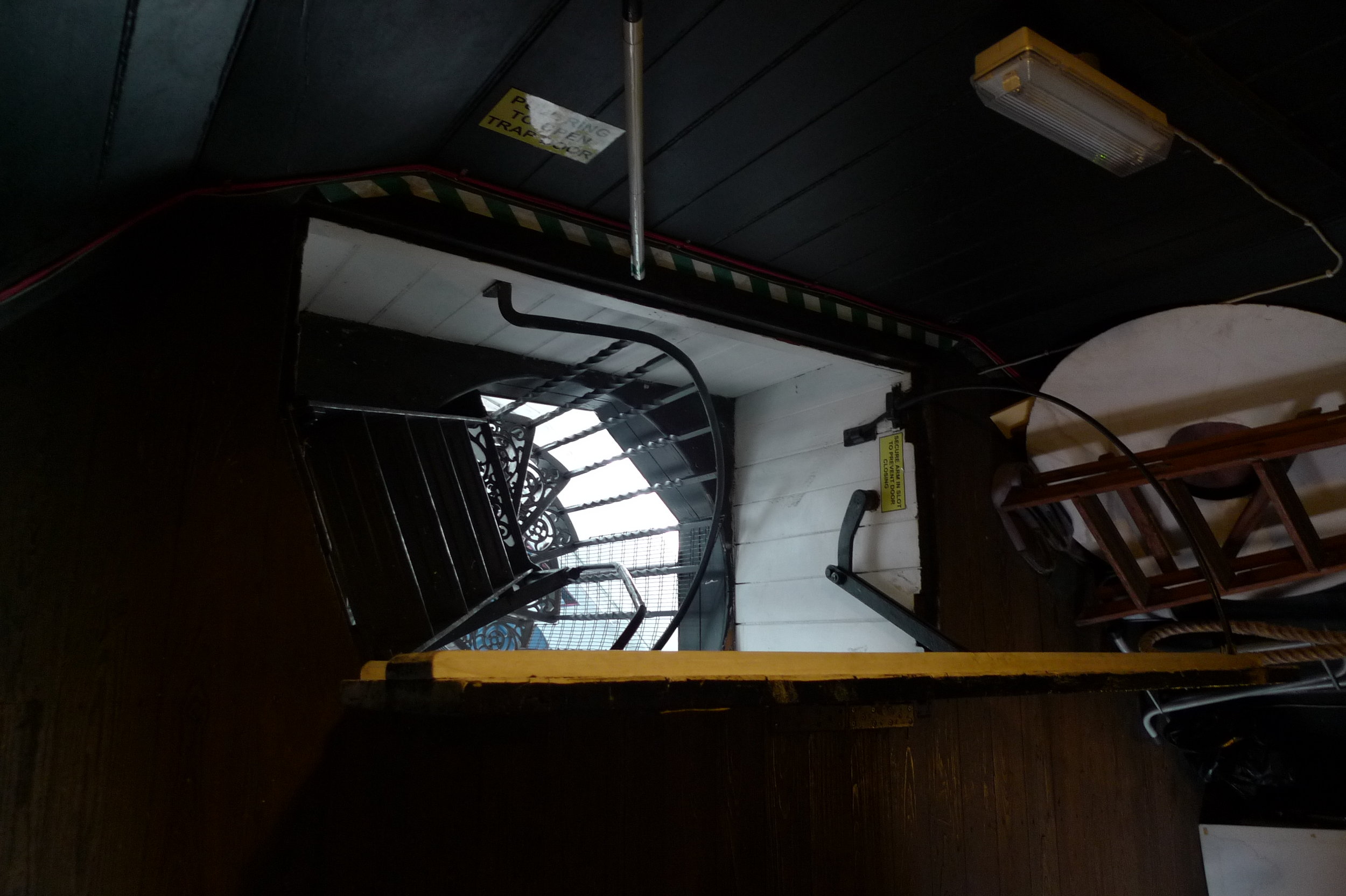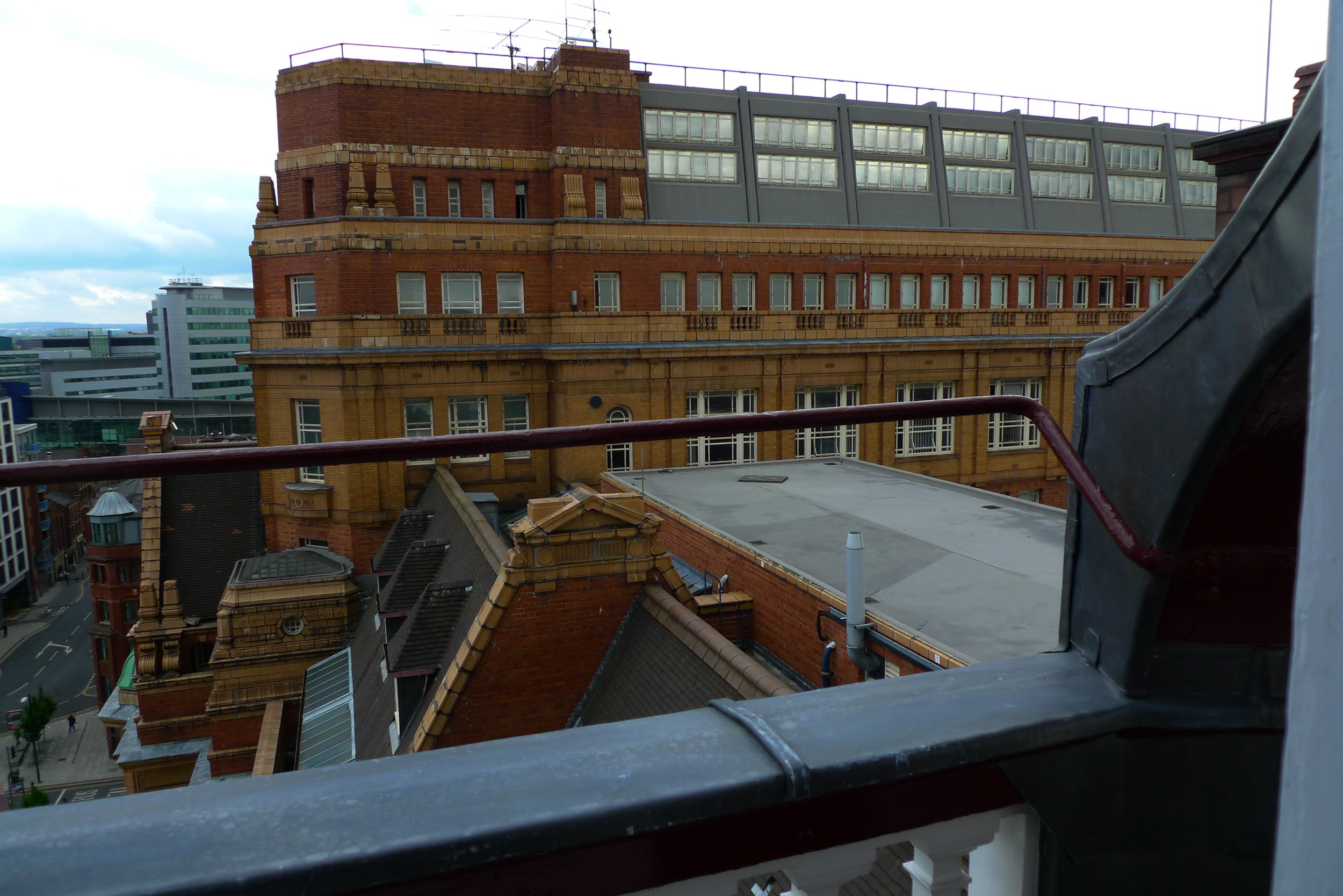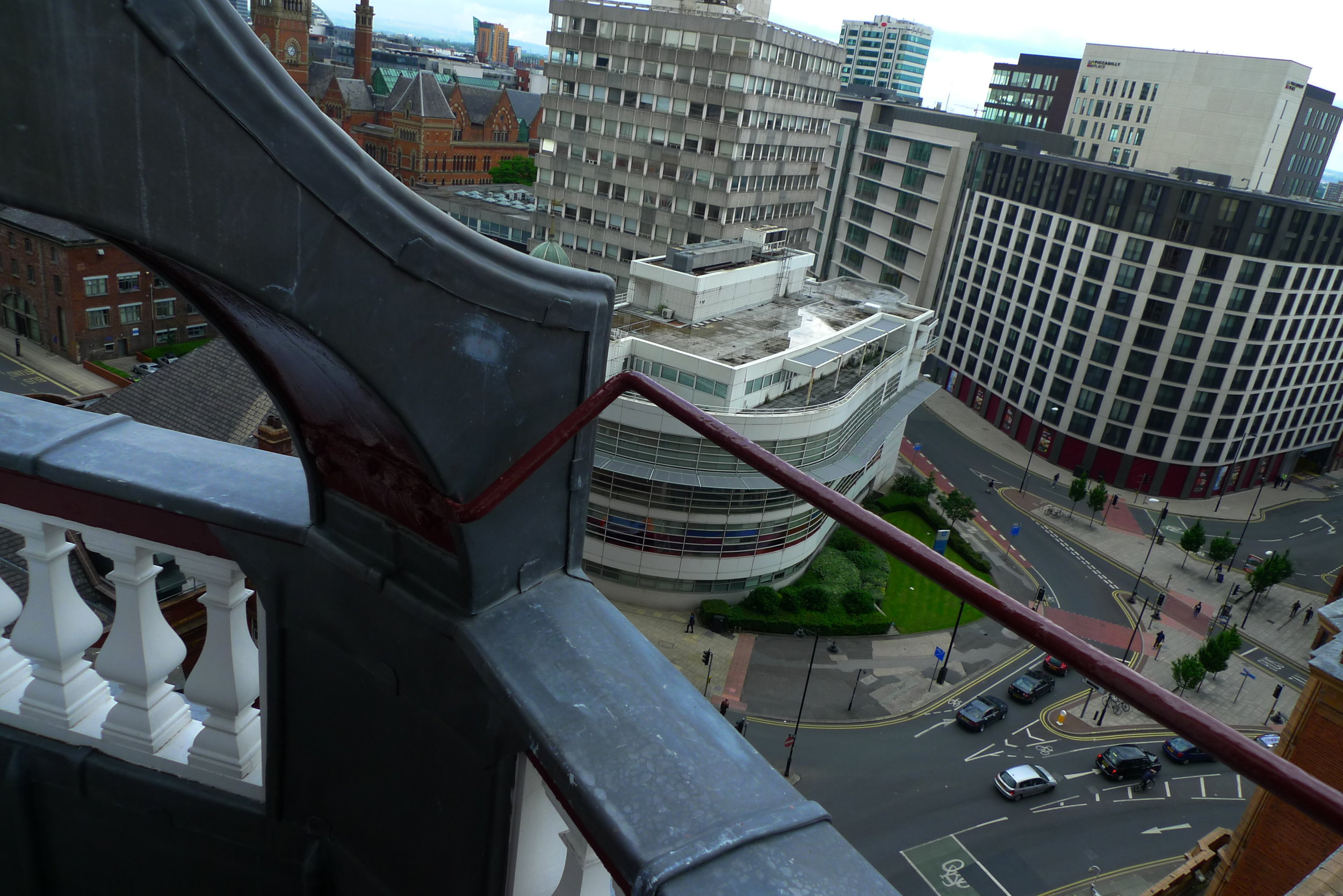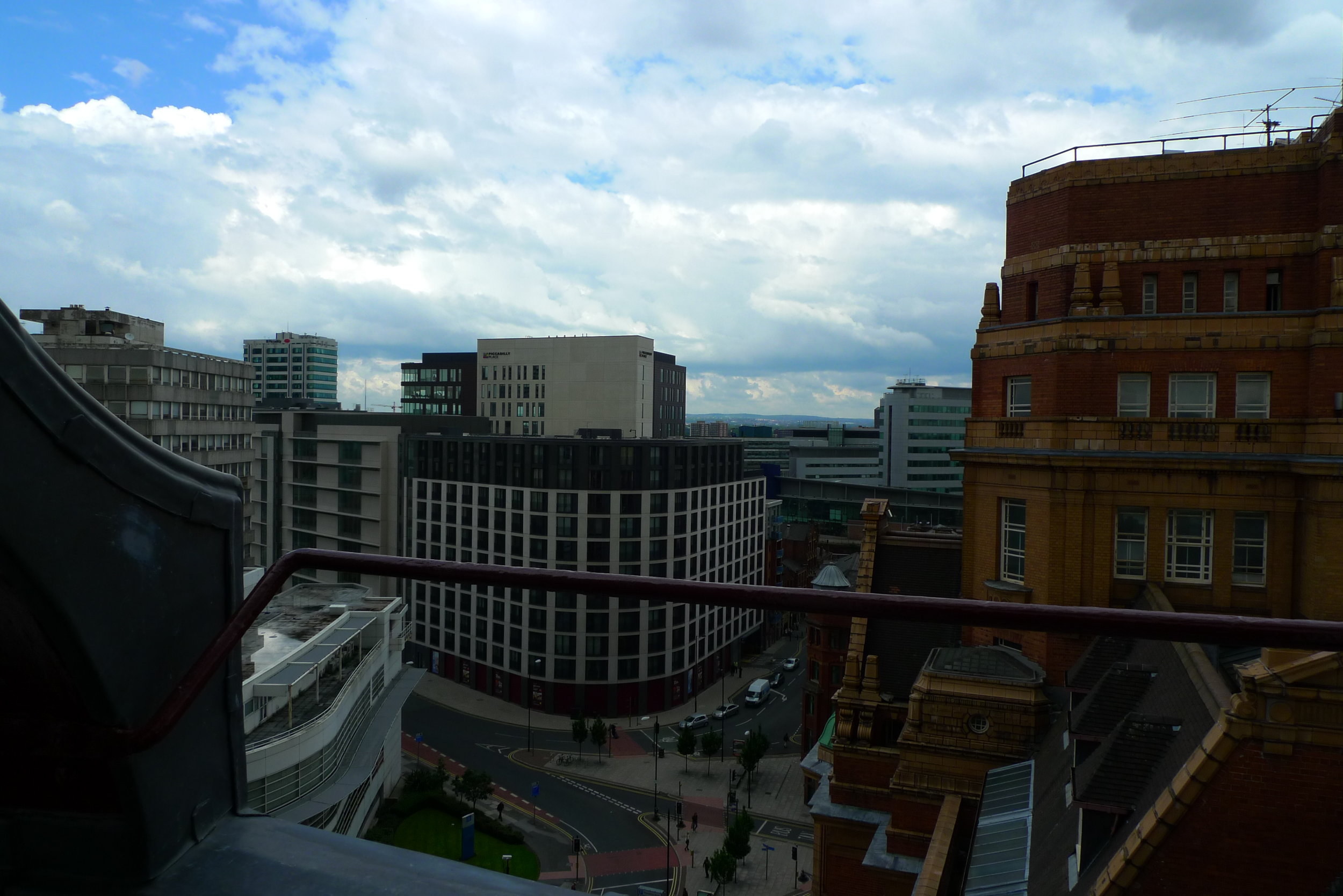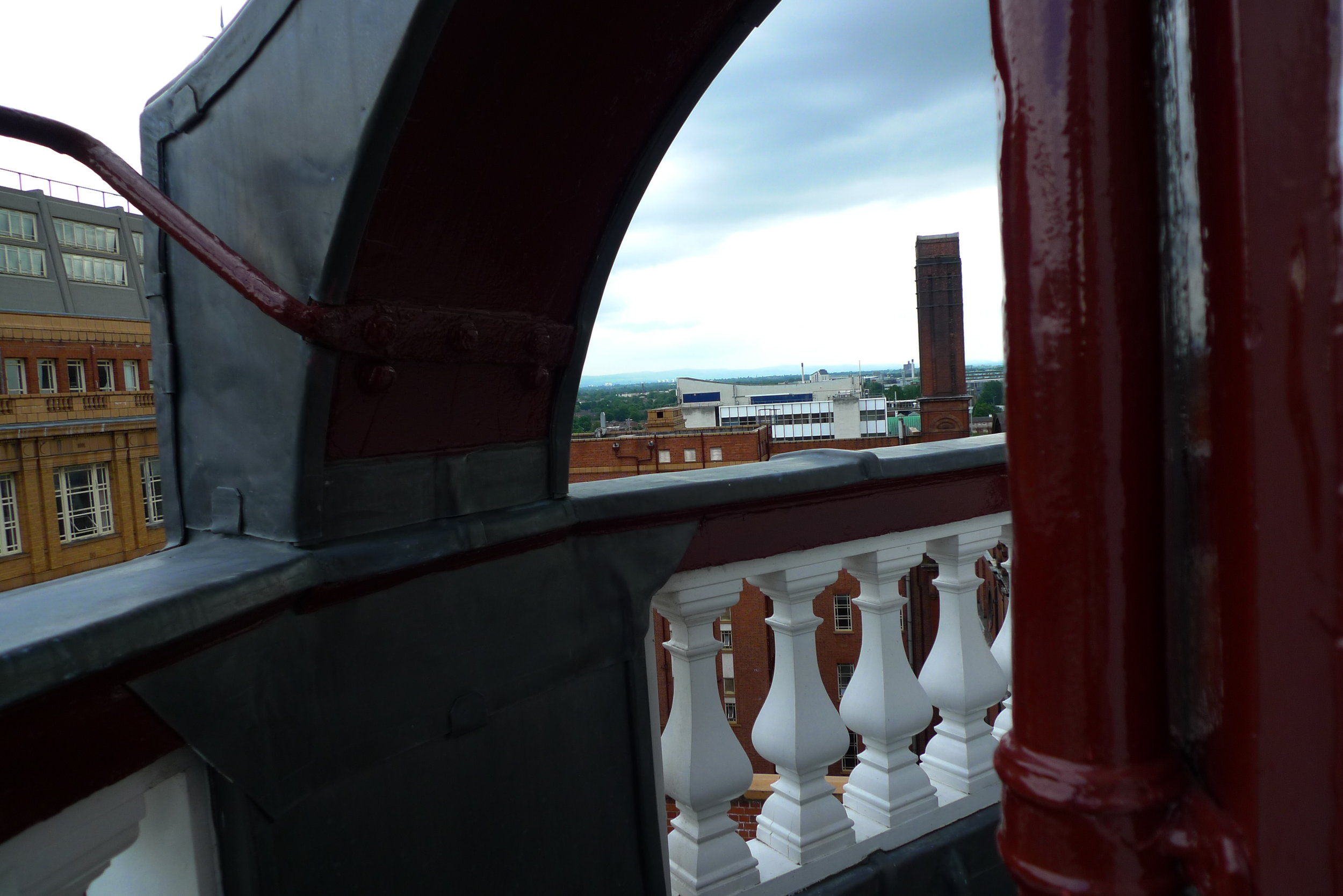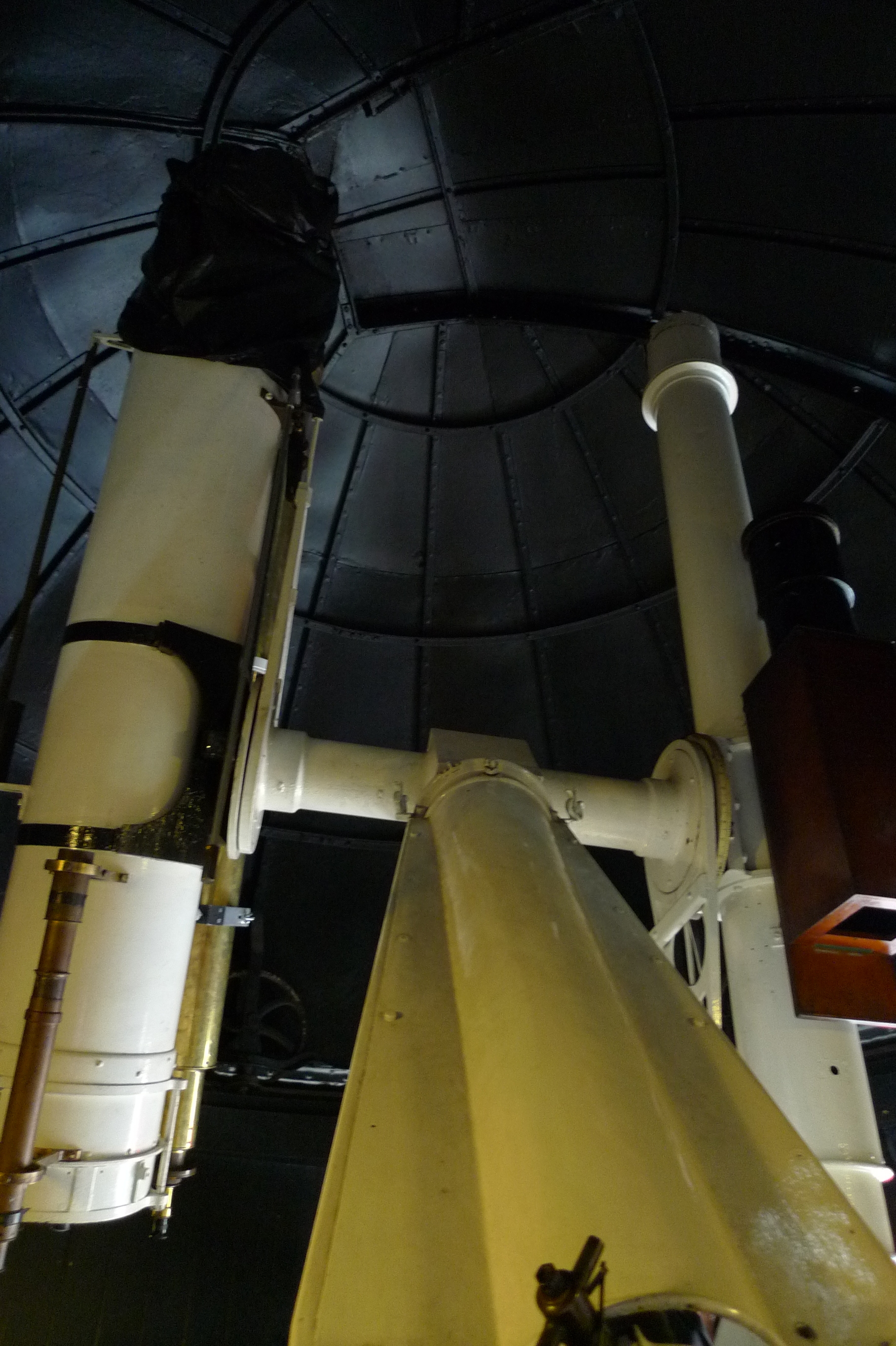AN OVERLOOKED CITY CENTRE GEM
WRITTEN BY Hayley Flynn
IMAGES BY Sam Schlict
READING TIME: 3 minutes
Manchester's city centre observatory is going strong after more than 100 years hidden amongst the rooftops
The Godlee Observatory makes up part of the Sackville Building of UMIST on Sackville Street. It’s quite a large spectacle to overlook yet many people are unaware of this treasure in the centre of the city.
The Sackville building itself is one of immense beauty, with fine details like intricate glass etchings of the building itself carved into the grand doorways.
The building is by Spalding and Cross and was completed in 1902 with further extensions beginning in 1927 by Bradshaw, Gass and Hope. The interior of the building mirrors the splendour outside and there are a series of outdoor sculptures in the grounds reflecting the scientific theme of the site, notably a sculpture of Archimedes arising from his bath beneath the viaduct archway.
The site is divided from the more recent UMIST buildings by the Manchester, South Junction & Altrincham Railway (MSJ&AR) which ran a service between the then London Road (Piccadilly) station and Altrincham and famously ran three different systems of electronics within a 60 year period. Since 1992 this viaduct has served as part of the Metrolink route and that’s actually a great viewpoint to look out for the observatory.
Access is via floor G and the Octagon meeting room, the base for the Manchester Astronomical Society. The society itself is thought to be the oldest provincial astronomical society in England, with its origins dating back to 1892. A splendid, ornate spiral staircase leads you from here up to the telescopes, which are the originals made by Grubb of Dublin, in fact everything here is original - even the ropes that move the telescope around.
Once in the centre of the doomed rooftop you can view the mechanisms and see how the dome slides open like a segmented orange to allow the telescopes to penetrate the night sky. The amazing thing about all of this is that the dome itself is made from papier mache and has managed to survive the elements for well over a hundred years.
The observatory was a gift, in 1903, from Francis Godlee. Godlee came to Manchester to run his cotton manufacturing business Simpson & Godlee and was quite the character by all accounts. He had quite a range of interests from breeding horses to yachting (the site of the Hacienda was once a yacht warehouse) and was known for his devout punctuality and massive collection of clocks. Godlee even had his own x-ray machine at home and would photograph the hands of his visitors when they dropped by.
During the late 1990s the society discovered that the Bevis star Atlas they had in their possession was one of only twenty-three copies known to exist (at the time the original estimate was one of sixteen but new discoveries have since been made). John Bevis famously discovered the Crab Nebula and was one of only two people in Britain known to have observed comet Halley upon its return in 1759.
The atlas is made up of fifty-two detailed carved plates that were never published in their entirety as the publisher declared bankruptcy before the project could be completed. The title for the collected works is the Uranographia Britannica but is also known as Atlas Celeste, and it’s safe to say it would have ranked among the best celestial illustrations of its period. There are some delightful images within it and although not officially discovered at the time, there is at least one depiction of Uranus.
No other astronomical society can claim to own a copy of these works.

